 |
 ความคิดเห็นที่ 18
ความคิดเห็นที่ 18 |

Marat TV: Taking New York
Posted 11/06/2009 @ 2 :17 PM
It's highly unlikely that anyone will ever refer to the past 12 years of men's tennis as the "Marat Safin era." As much as he did over that time, and the man did a lot, it was his contemporary, Roger Federer, who achieved an epoch-defining stature. Instead Safin became the world's most talented and temperamental sideshow, a show that will be airing its final episode next week at the Paris Masters.
Nine years ago, when the last ball of the 2000 U.S. Open had been hit, a "Safin era" seemed like a very real possibility. Just 20 years old, the Russian had dismantled the best player of the 1990s, Pete Sampras, in three quick sets in front of Sampras' home-country fans. Beyond that, Safin appeared to be an evolutionary leap for the sport. He was 6-foot-4 and blessed with fluid, impeccable timing on every stroke. His two-handed backhand was as much of a weapon as his forehand, and his return was as potent as his serve. He had all the makings of a new model for the men's game.
The Safin era was destined to be a very short one. It lasted for two months, ending, for all intents and purposes, at the final tournament of that season, the Masters Cup in Lisbon. That's where Gustavo Kuerten put on the performance of his life, beating Sampras and Andre Agassi on an indoor hard court and catching Safin, who lost in the semifinals, at the wire for the year-end No. 1 ranking. I remember being surprised by how devastated Safin was after this relative failure. You got the sense that it confirmed something that he suspected about himself, that he wasn't a winner after all. Either Safin was right, or it was the first step in a career-long self-fulfilling prophecy.
Anyway, let's take a look at the high point of Safin's brief reign, the long, nerve-wracking final game against Sampras at Flushing Meadows.
--Right off we hear John McEnroe make a telling comment. Sampras is serving at 2-5 in the third, one game from losing the match. Safin has apparently hit a strong return, which McEnroe describes as "routine." He goes on to say that Sampras’ kick serve bounces right into the "zone&" of the 6-foot-4 Safin. McEnroe had identified two elements in the sport that would gain importance in the next decade: height, and the return of serve.
-The first observation we must make is how young Safin looks, of course. He would age pretty dramatically over the coming years. He lumbered around the court in between points even then, but he appears to be calm as he gets set to serve out his first major title. Even after opening the game with a double fault, he stays cool under the pressure of Sampras’ approaches, rifling two passing shot winners on the next two points.
-Sampras at 29 is sweaty and haggard. Ten years earlier, he had served notice of his own generation's ascent by ending Ivan Lendl’s run of eight straight final-round appearances at the Open on his way to winning his first major. Seeing Sampras take one last stab at Safin-up until this game, he hadn't had a break point-I have the same reaction I've had watching other old Sampras clips. Where I used to think of him as dull and a little smug, his demeanor now seems almost heroically controlled to me now. His method of competing is the opposite of someone like Rafael Nadal's. Sampras was about not getting fired up; for him, it was about the long-term rather than the moment, about not getting especially high or low after any one point. You can see the conscious effort he makes to settle himself before each return.
-Each of Safin's ground strokes would get a little longer and more elaborate over the years. I wonder if this hurt him. Here he's prepared for anything Sampras throws at him.
-What a torturous game this must have been for Safin. He started with a double, missed every first serve until it was break point, and hit the tape with what must have seemed like a gimme backhand pass at deuce, allowing Sampras a second break point. But he held up like the future champion he wouldn't turn out to be. He saved both break points bravely, by moving to the net for a swinging volley and a spectacular stretch-back overhead. Then he swung the momentum permanently back in his direction by keeping his nerves at bay and outlasting Sampras through a long baseline rally. No wonder Safin got down on his knees and kissed the court afterward.
-Two quotes from Safin about this match remain two of his best, and show both sides of the man.
Afterward, he was asked if he was going to get drunk that night.
Safin:"Guys, do you want me to say 'yes' to put in the press? Between us, I hope so"
Seven years later, after losing early at the Open, a reporter said,
"When you won here in 2000, Sampras said you were able to be No. 1 in the world for as long a time as you wanted to."
Safin: "See, even the geniuses make the mistakes. He was wrong."
Was Sampras as wrong as Safin thought? The Russian was No. 1 for only a brief period. That wasn't because he didn't want to be there longer; it was because, at some point, perhaps as soon as Lisbon, he stopped believing he belonged there.
Whatever the reason, judging by the way Safin held off Sampras at the Open, he still believed he could be a great champion at this point. In that sense, the 2000 final is a glimpse of a potential alternate tennis history, one in which Safin kept his head and controlled his frustration at the biggest moments. As it was, it would happen only once more, in Australia in 2005. The rest of the time, we got the Safin show. The clip above gives us an idea of what the Safin era might have looked like.
***
We'll see how the show ends in a few days. Have a good weekend
11/06/2009
แก้ไขเมื่อ 09 พ.ย. 52 10:29:38
| จากคุณ |
:
Mrs.Unpredictable   
|
| เขียนเมื่อ |
:
9 พ.ย. 52 10:24:01
|
|
|
|
 |





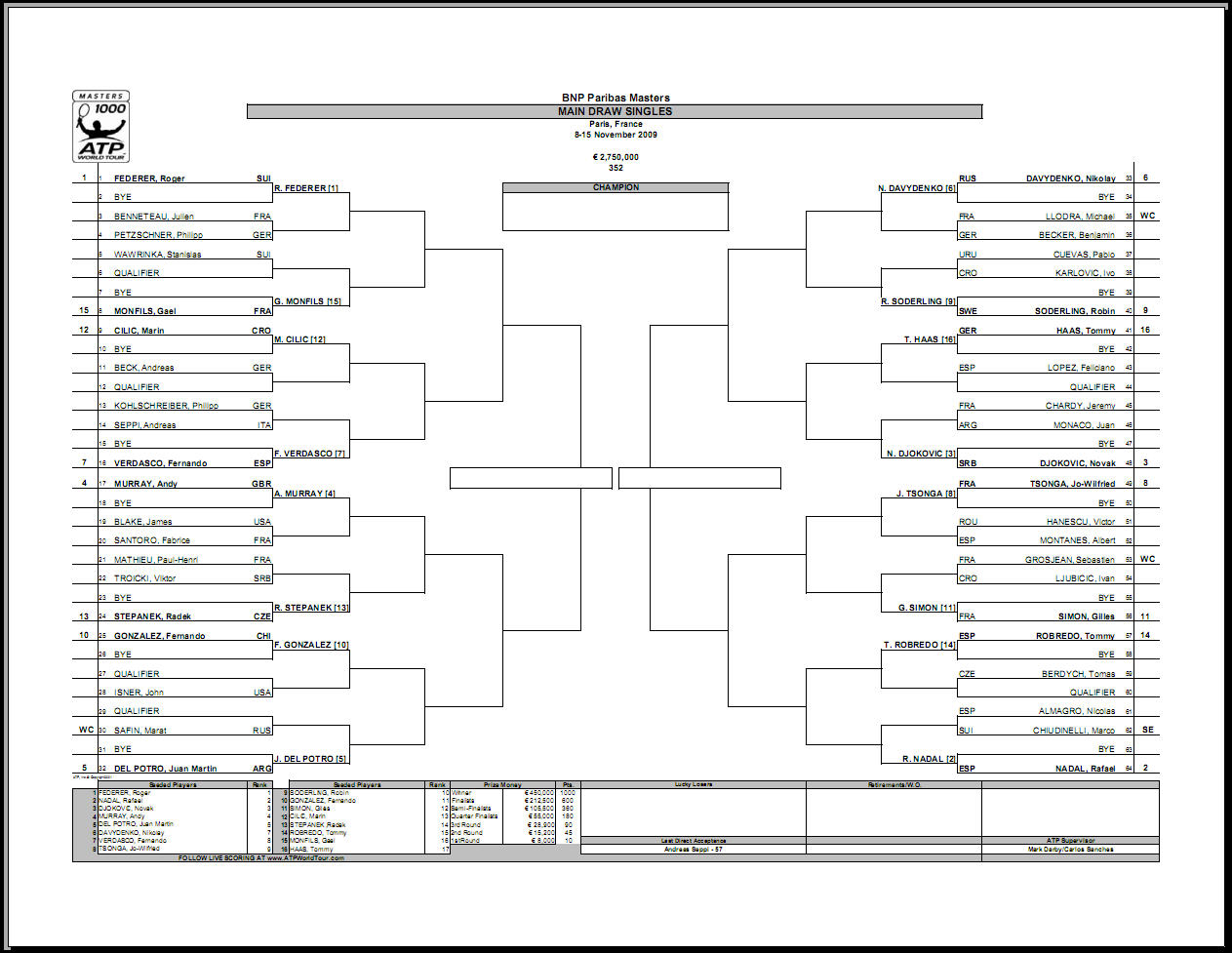
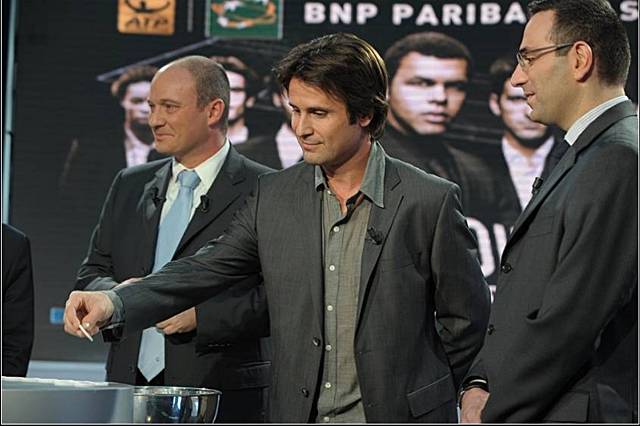
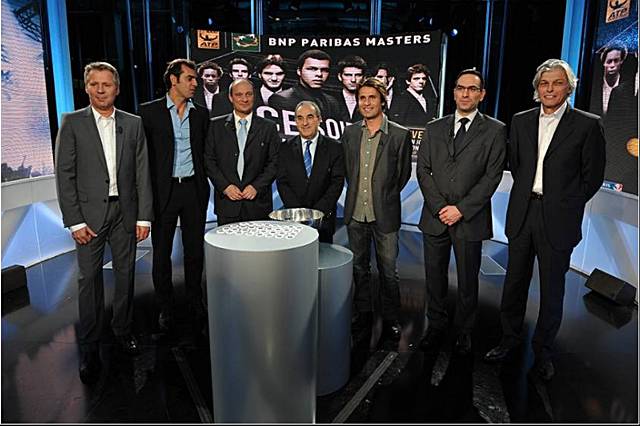



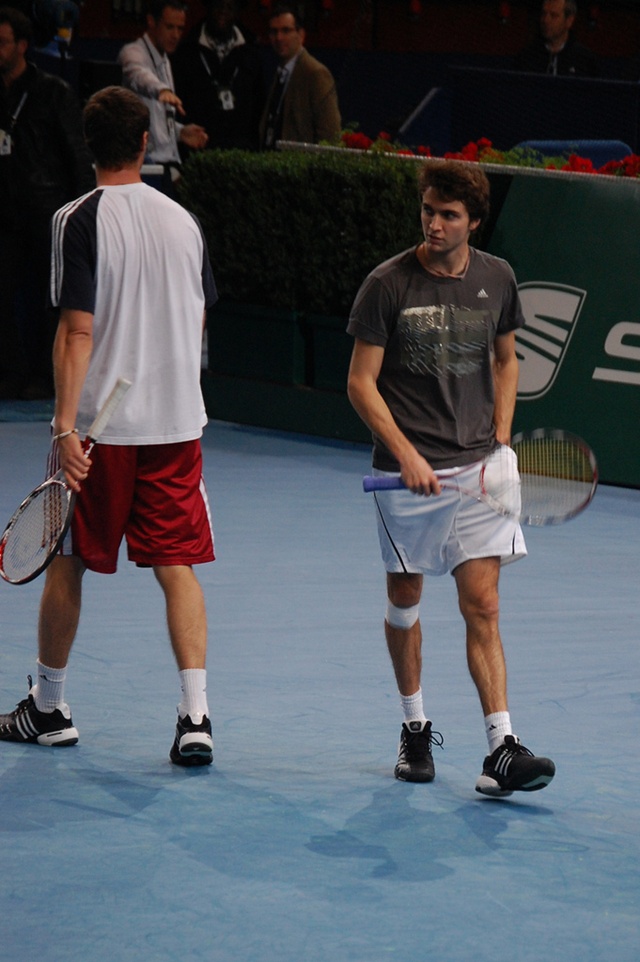

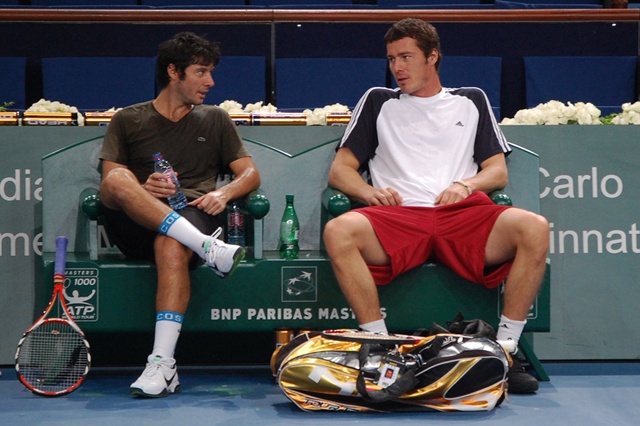

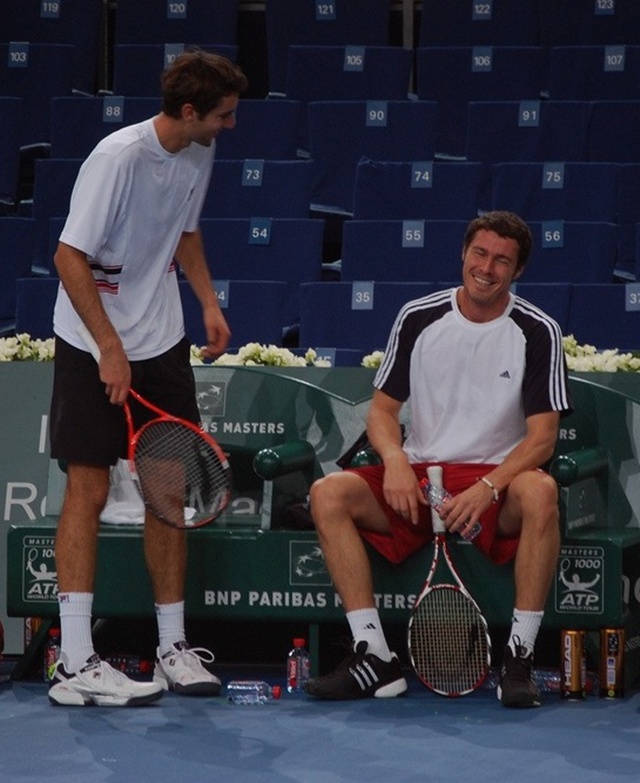




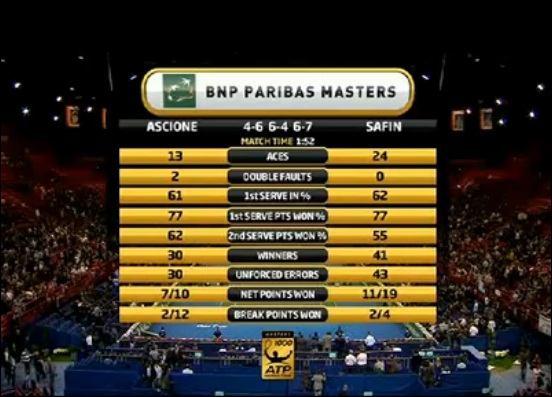
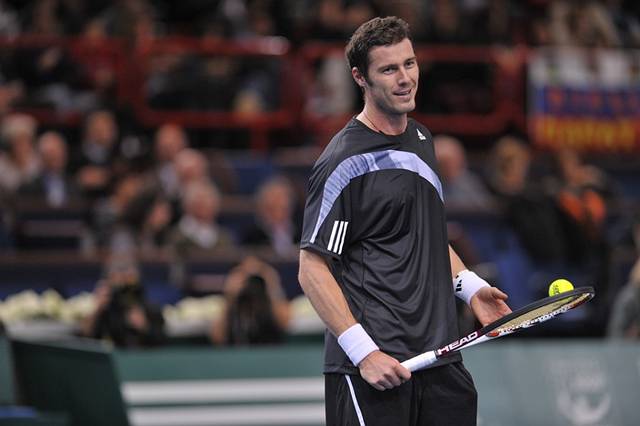
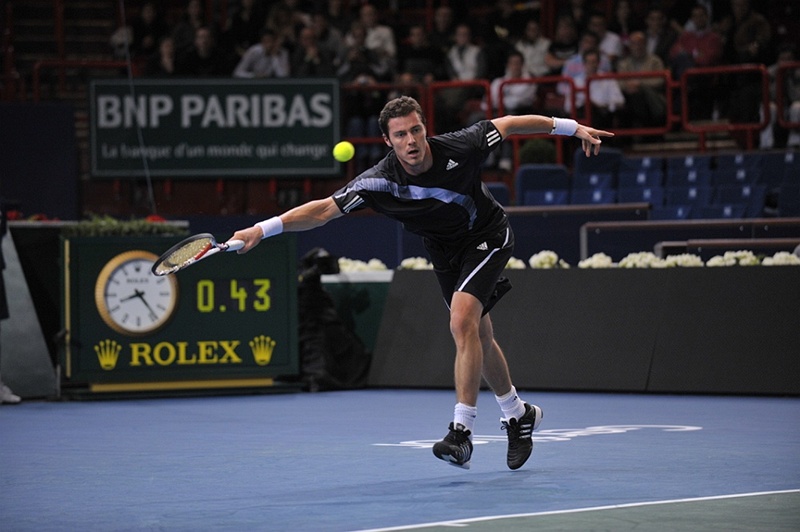

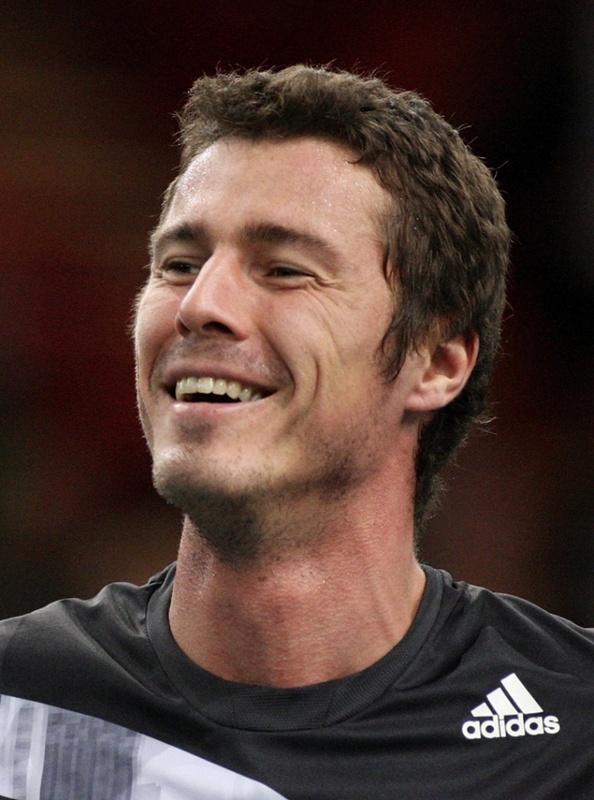
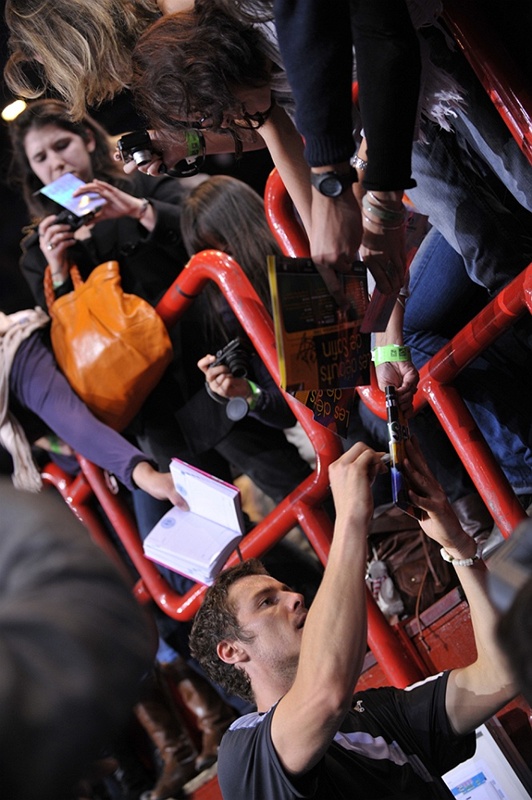


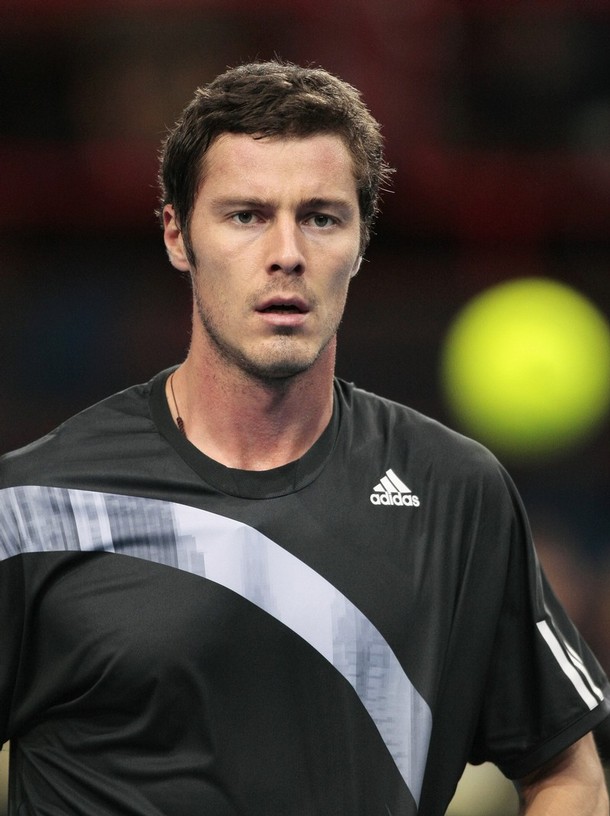
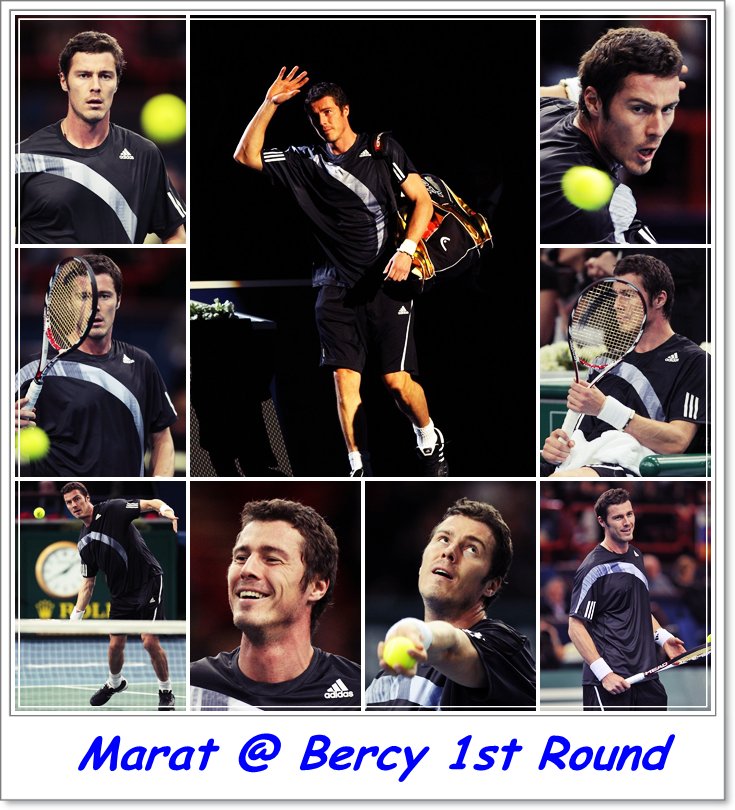


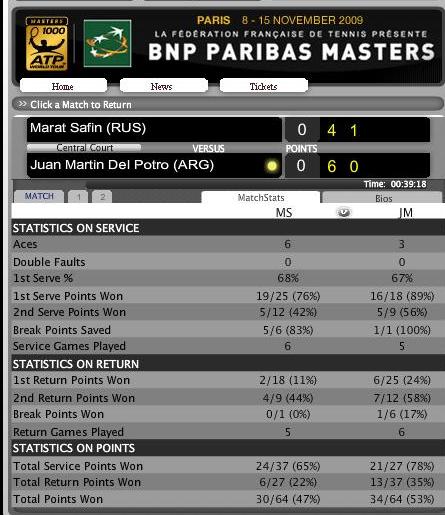
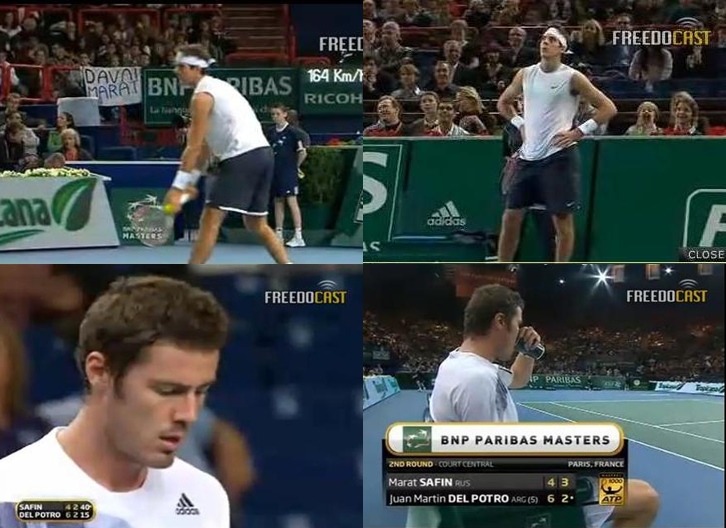
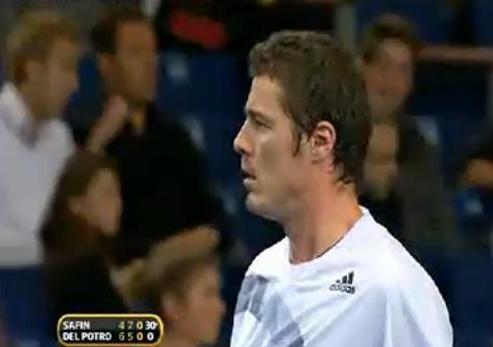
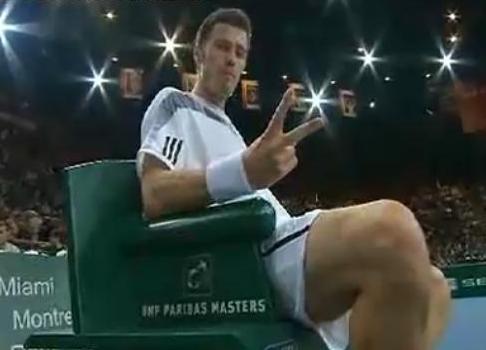
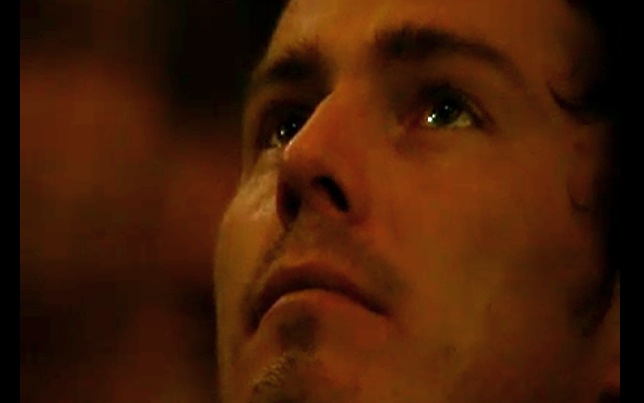
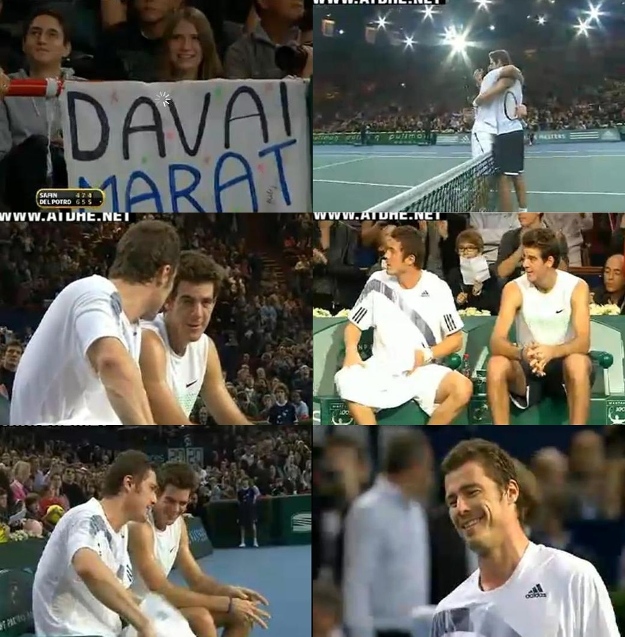


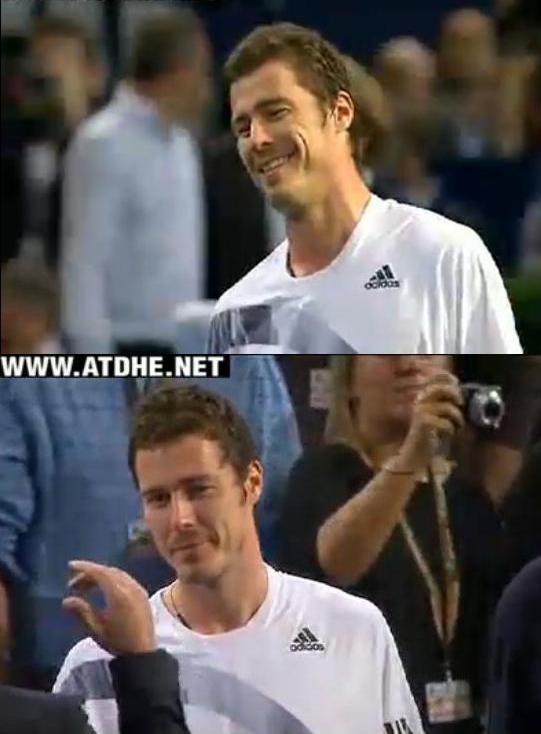
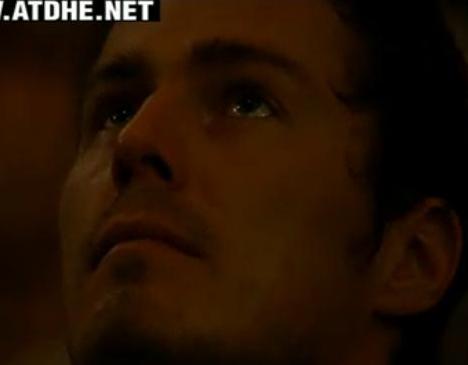

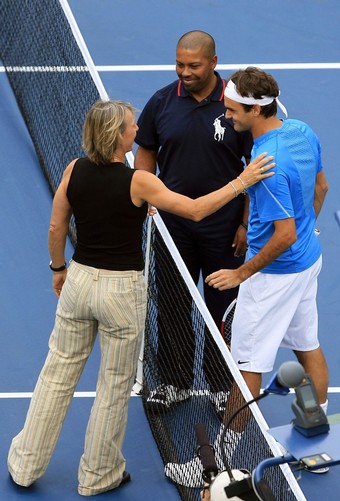
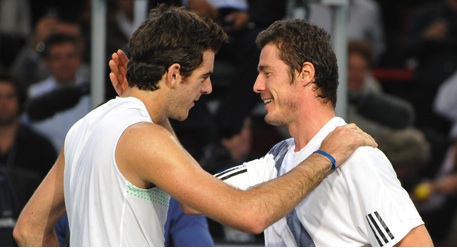
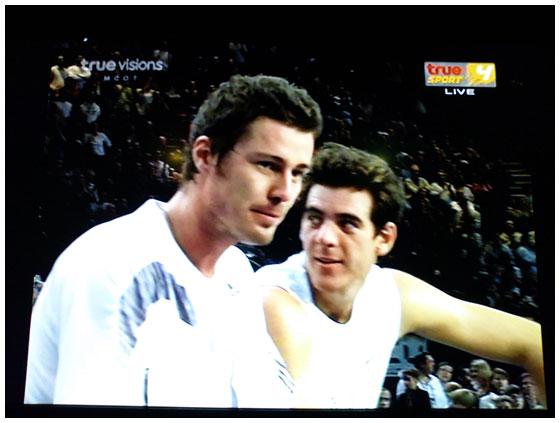
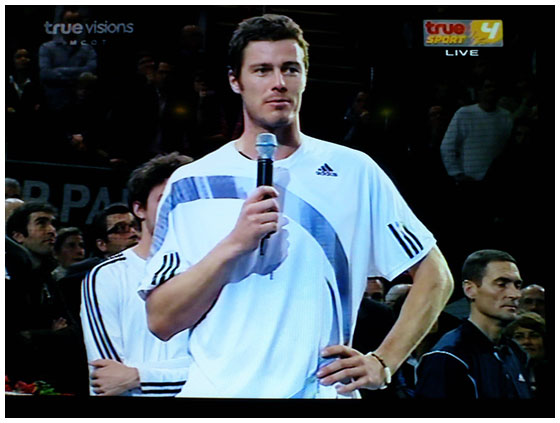
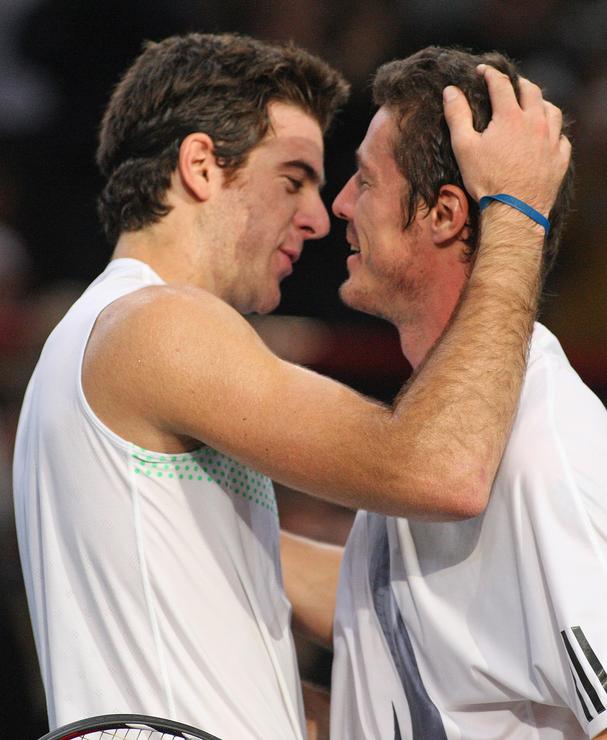



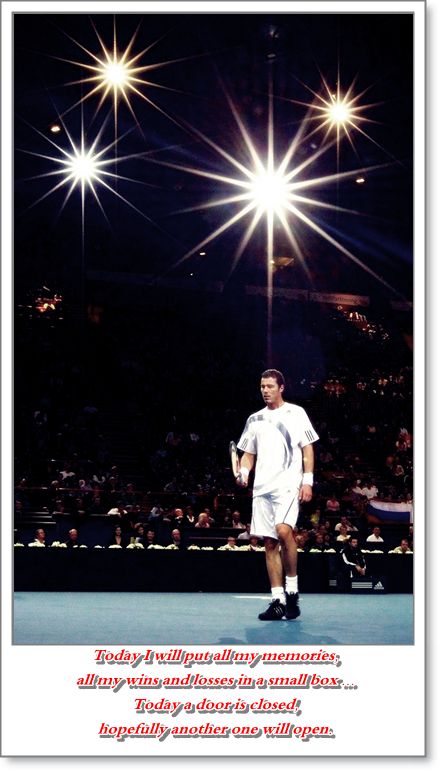
 ไปดี โชคดีจ๊ะ
ไปดี โชคดีจ๊ะ